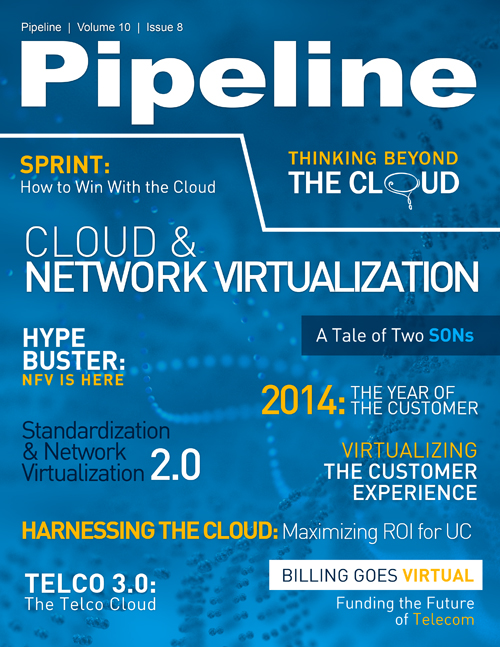Funding the Future of Telecommunications with Next-Gen Automation
By: Morgan Gebhardt

The evolving CSP landscape
The role of communications service providers (CSPs) and the world in which they operate have changed a lot in the last decade. Ten years ago, CSPs were primarily operating large, proprietary networks to deliver fixed-line phone service to homes and businesses. Since then, CSPs have transformed into true service providers, delivering not only IP-based landline connections, but also Internet access, mobile network connectivity, private data lines, VPN (virtual private network) services, entertainment media such as cable TV and many others.
With this diversification of services, demand for connectivity in general is also growing, and many operators are answering that call by dialing up their services and increasing available bandwidth loads. Take the proliferation of smart devices, for instance. According to Cisco, we can expect 50 billion Internet-connected devices by 2020 – with a current global population of more than seven billion. This means that there will be more than seven times as many smart devices as people in the world!
For the most part, the rapid evolution and expansion of CSPs’ businesses and networks has taken them by surprise. Therefore, many of even the biggest players are still operating their legacy networks like they were a decade ago, supported by antiquated standards or network and application performance management solutions that don’t take into consideration the real-time nature of most of today’s networks. For instance, much of the network and capacity planning executed by operators today relies upon performance data collected and analyzed by hand – a tedious, and extremely time-consuming process. Instead, CSPs should be utilizing a more modern and sophisticated method of network management that doesn’t require human involvement; it’s simply not feasible for CSPs to take such a resource-intensive approach to network management and performance monitoring while also investigating and deploying the next generation of network services.
So, how can they free up enough budget and human capital to appropriately research the trends that will be worth investing in – and then innovate in those areas?Assessing the value of automation
Automation is widely believed to be the answer to these questions. This is because it can enable CSPs to, for example, download a patch onto hundreds or even thousands of network servers at the click of a button. But, what many CSPs don’t realize is that even if this kind of automation appears to save time, creating and running the patches still consumes many of their existing resources. This isn’t a solution – just a shift in resource usage. This would be similar to spending 100 hours building a robot to predict just this week’s weather. If the weather will be the same for the next year, the robot would provide some return on investment, or ROI, in the long run; but since a new robot is needed every single week to accommodate changing temperatures and conditions, there is essentially no time saved.
Similarly, scripting automation for every patch, or every network data collection point, may feel like a time savings; but CSPs are more likely to “break even” in the long run. This type of automation thrives in a homogenous environment, like the world with the same weather every day. And while scripted automation was actually extremely effective for CSPs in the 1990s when all 10,000 network servers were performing the exact same functions, today’s increasingly heterogeneous networks, which incorporate everything from IP to backhaul to Wi-Fi hotspots to femtocells, are much more complex.
Instead, CSPs need automation that can adapt and reframe itself to match their constantly changing parameters. Many are realizing this shift and are incorporating smarter automation tools into their network management. One such approach, autonomics, can actually script itself by watching engineers’ day-to-day activity, effectively automating the automation process. That means engineers aren’t spending time on OSS updates or analyzing points of network degradation; in fact, the autonomic system can operate completely independently from human engineers to perform these tasks and more. For CSPs, that can mean a 10 to 20 percent reduction in network management costs. And, if we look at what that 10 to 20 percent increase in resources can accomplish when applied to R&D or next-generation service delivery, the impact of autonomics becomes even more significant.





















